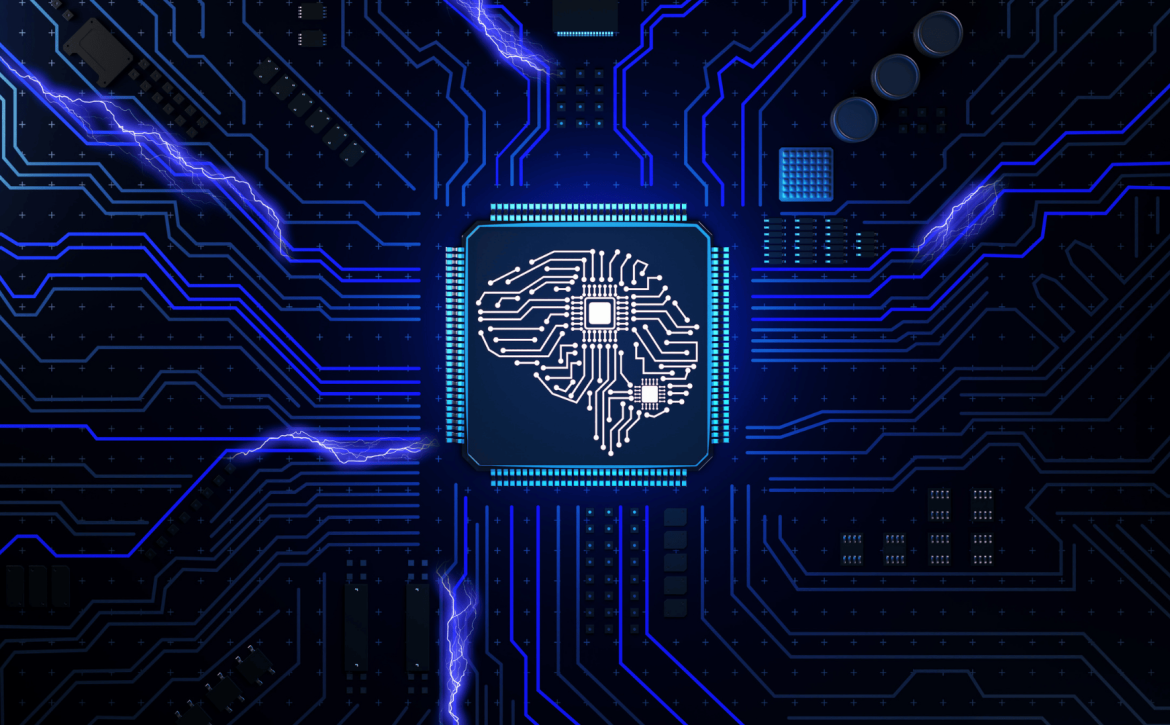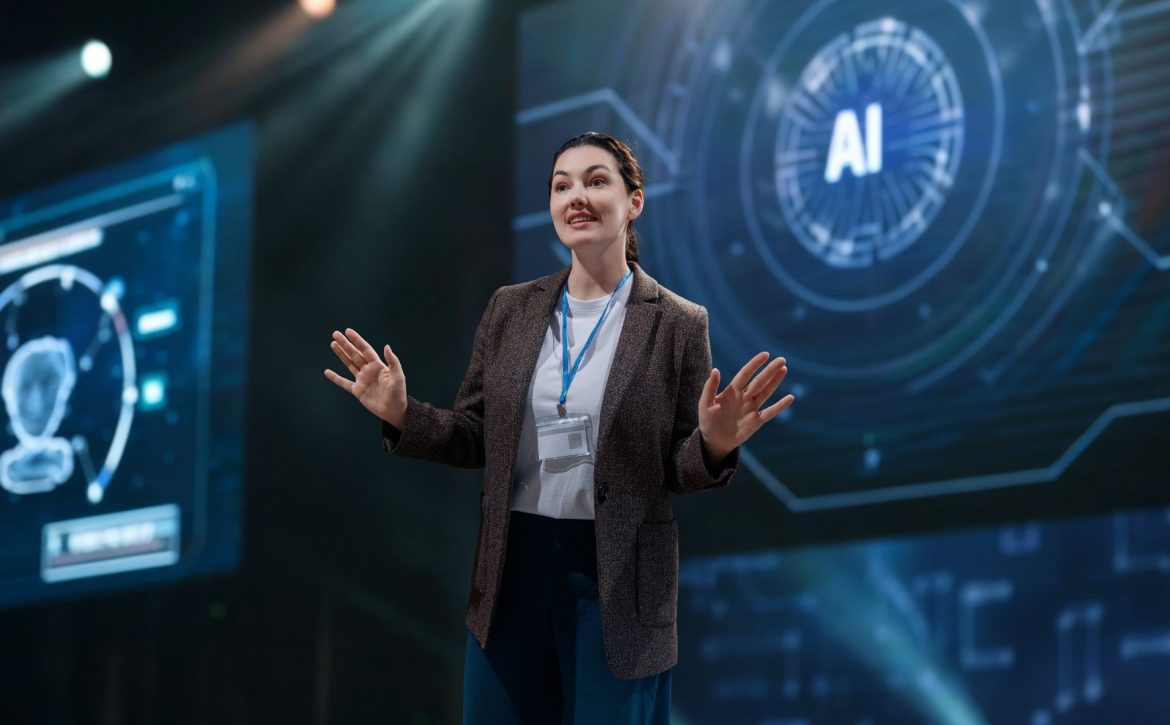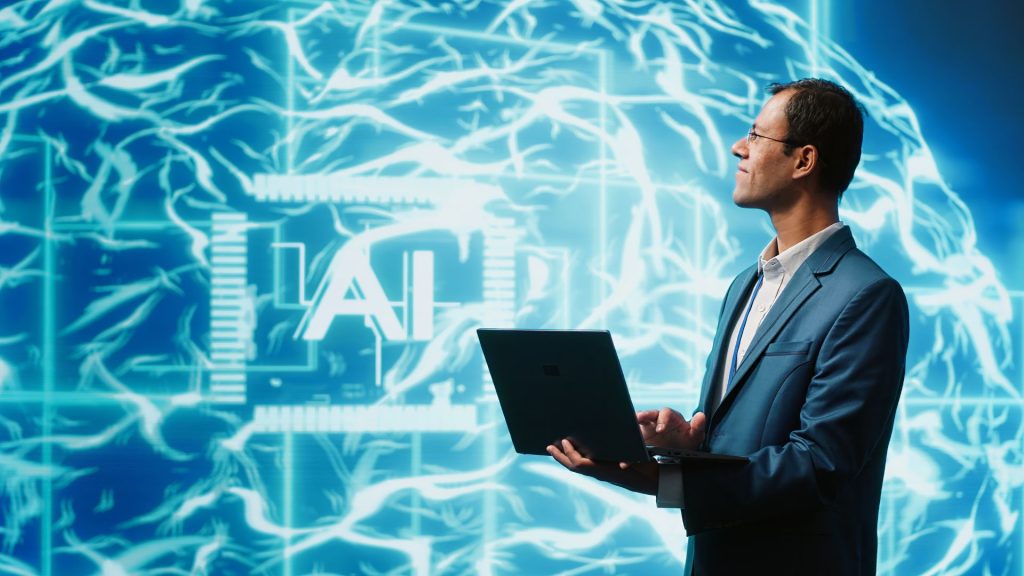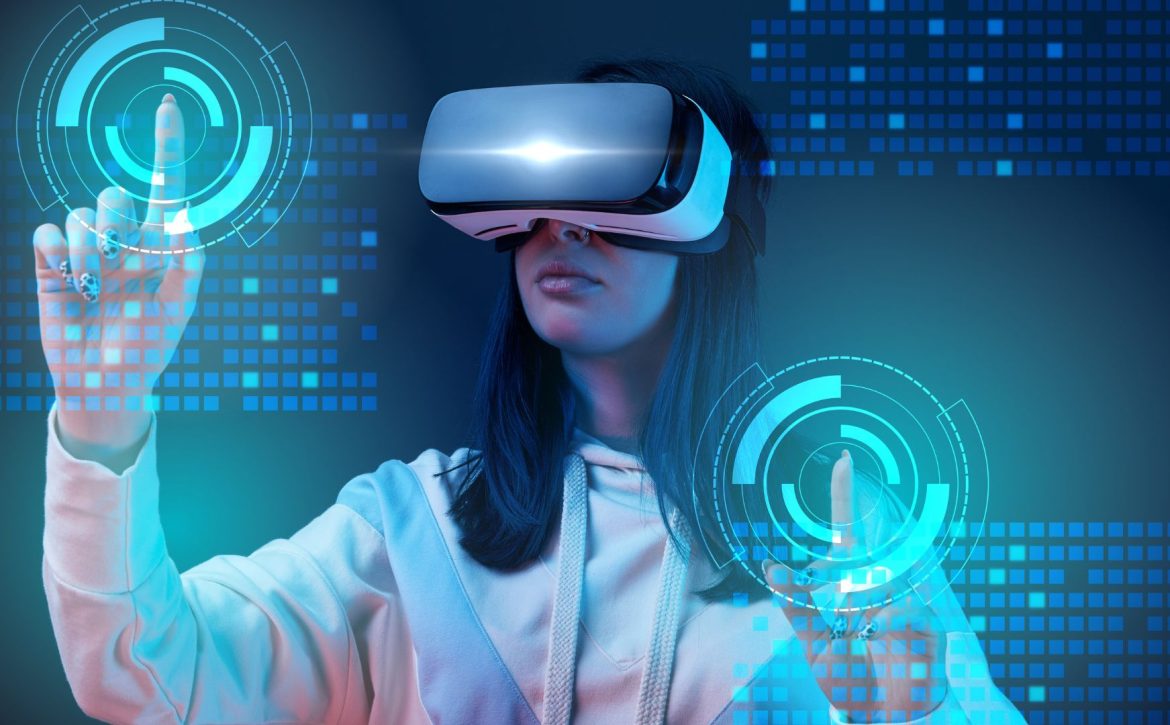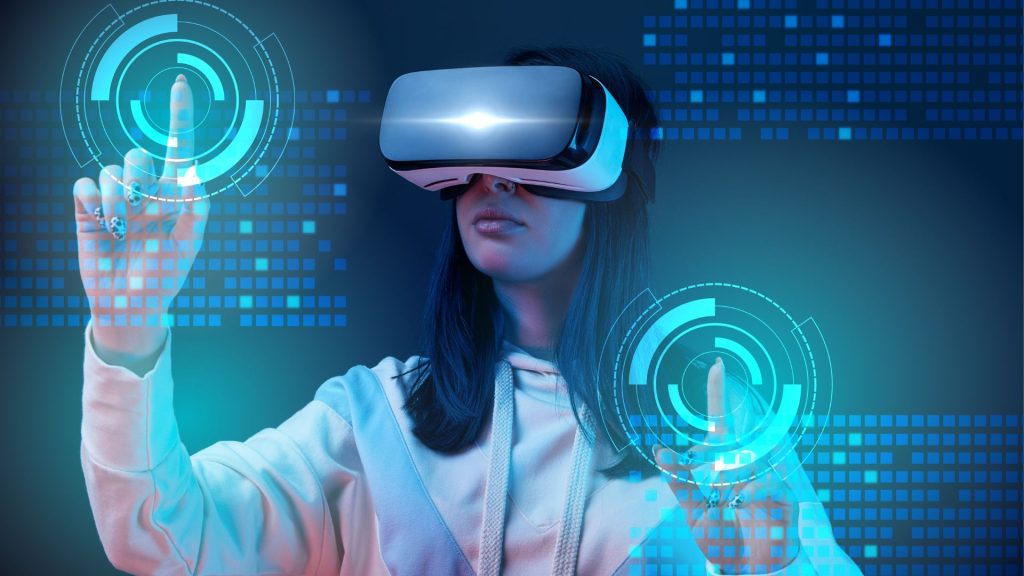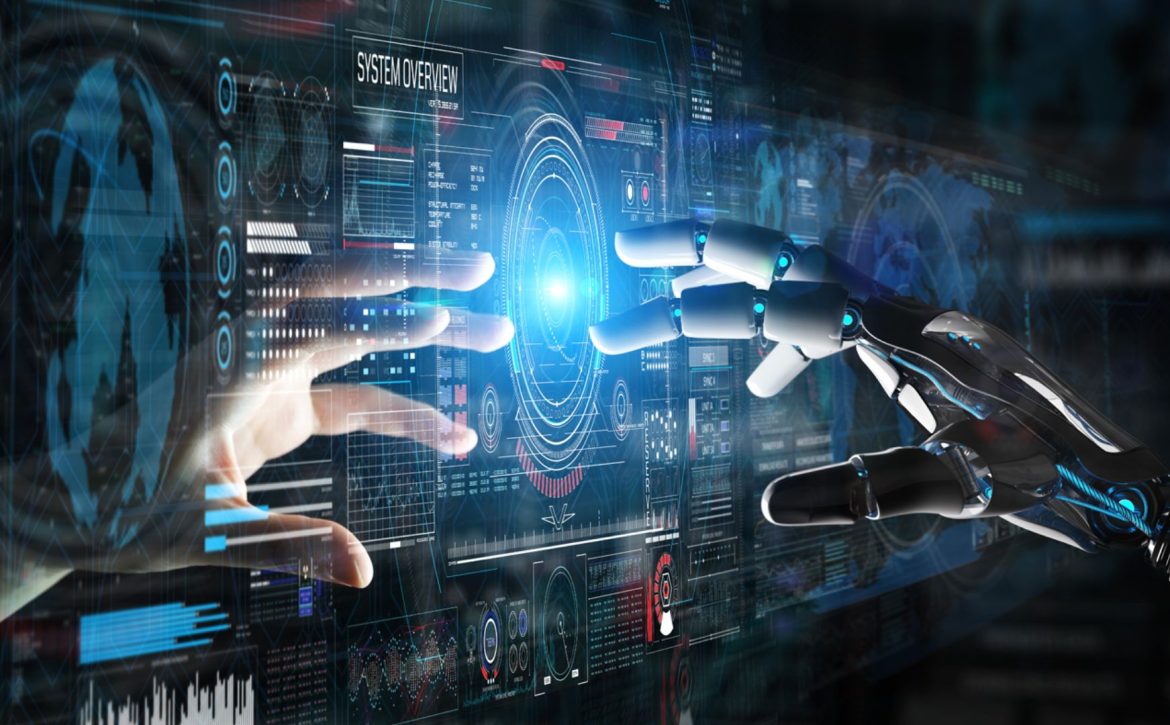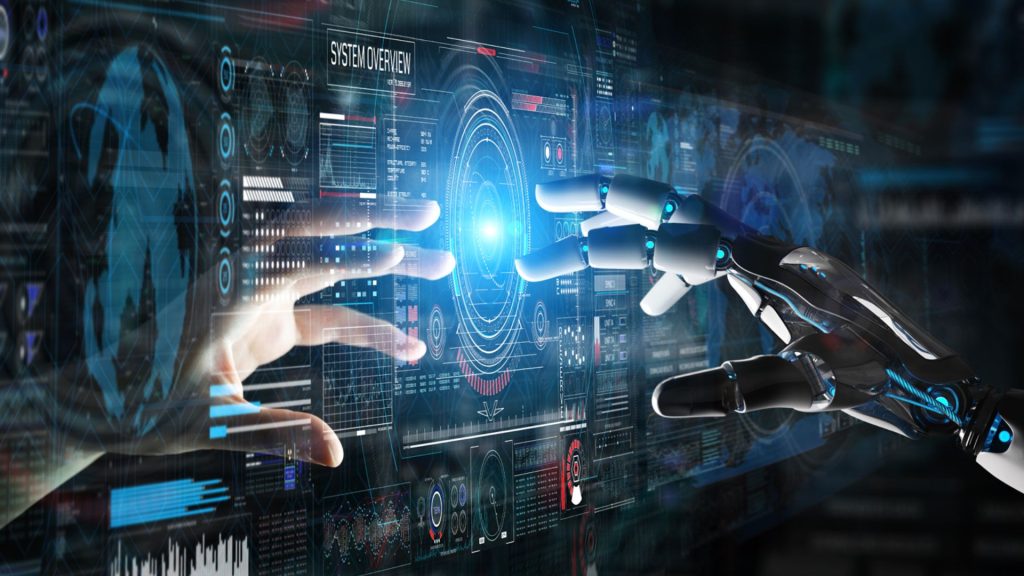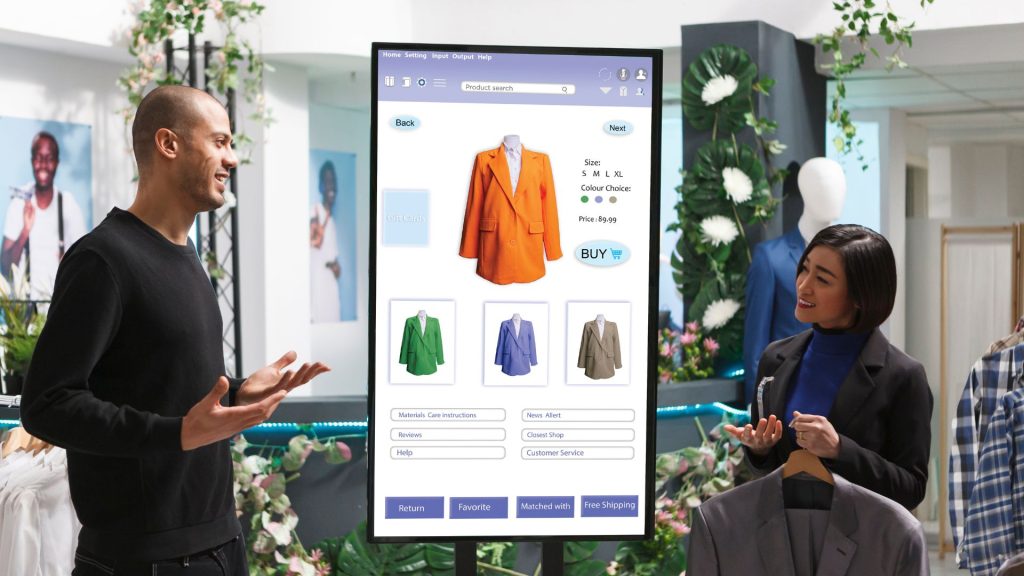AI in Healthcare: Saving Lives (and Cutting Costs)
Artificial Intelligence (AI) is revolutionizing the healthcare industry, transforming patient care and significantly reducing operational costs. In today’s rapidly evolving medical landscape, AI applications range from early diagnosis and personalized treatment plans to predictive analytics and robotic surgeries. This blog explores how AI is saving lives while cutting costs, offering a detailed look into current breakthroughs, real-world applications, challenges, ethical considerations, and future directions.
Introduction
The healthcare industry has long grappled with escalating costs and uneven quality of care. With increasing patient volumes, chronic disease prevalence, and an aging population, the traditional healthcare model is under enormous strain. Against this backdrop, AI emerges as a transformative force capable of not only improving patient outcomes but also reducing costs. From automating administrative tasks and optimizing resource allocation to enhancing diagnostic accuracy and treatment precision, AI is poised to change the way healthcare is delivered. This article delves into how AI-driven solutions are saving lives and cutting costs, reshaping the healthcare ecosystem for patients, providers, and payers alike.
The Evolution of AI in Healthcare
AI’s journey in healthcare began with basic rule-based systems and statistical models. Over the years, rapid advancements in machine learning (ML), deep learning (DL), and natural language processing (NLP) have enabled AI to analyze massive datasets, identify subtle patterns, and deliver insights that were previously unattainable. Today, AI is not only used in research laboratories but is being integrated into clinical workflows worldwide. Hospitals and healthcare systems are increasingly relying on AI to streamline operations, improve diagnostics, and enhance patient care. This evolution has been driven by the need to address rising costs and improve outcomes, making AI an indispensable tool in modern healthcare.
AI in Diagnostics: Early Detection Saves Lives
One of the most critical applications of AI in healthcare is in the field of diagnostics. Early detection of diseases such as cancer, heart disease, and diabetic complications can significantly improve patient outcomes and reduce the need for expensive treatments. AI-powered diagnostic tools analyze imaging data, patient histories, and even genetic profiles to identify anomalies that may indicate early stages of disease. For example, deep learning algorithms have demonstrated superior performance in detecting breast cancer from mammograms, often with fewer false positives and negatives than human radiologists. By catching diseases early, AI not only increases survival rates but also reduces the cost burden associated with late-stage treatment.
In addition to cancer, AI applications in diagnostics extend to neurological conditions, infectious diseases, and chronic illnesses. Predictive models using AI can analyze patient data in real time to detect early signs of sepsis, stroke, or cardiac events. Early intervention in these cases is crucial; it saves lives by providing timely treatment and reduces the cost of emergency interventions. The ability to rapidly process and interpret vast amounts of data makes AI an invaluable asset in the early detection and diagnosis of life-threatening conditions.
Optimizing Treatment: Personalized Medicine and Cost Efficiency
Beyond diagnosis, AI is transforming treatment by enabling personalized medicine. Traditional treatment protocols are often based on population averages, which may not be optimal for every patient. AI changes this by analyzing individual patient data—including genetic information, lifestyle factors, and previous treatment responses—to recommend personalized treatment plans. This tailored approach not only improves the effectiveness of care but also minimizes wasted resources and reduces costs by avoiding unnecessary or ineffective treatments.
For instance, AI-driven platforms can predict the optimal drug dosage for individual patients, reducing the risk of adverse reactions and hospital readmissions. Personalized treatment plans supported by AI lead to shorter hospital stays, fewer complications, and, ultimately, lower healthcare expenditures. By matching patients with the most effective therapies from the outset, AI helps avoid the costs associated with trial-and-error approaches, thereby saving both lives and money.
Automating Administrative Tasks to Cut Costs
Healthcare administration is notorious for its inefficiencies. From appointment scheduling and billing to maintaining electronic health records (EHRs), administrative tasks consume a significant portion of healthcare budgets. AI is now stepping in to automate these routine tasks, which not only saves time but also reduces errors and administrative overhead. For example, AI chatbots and virtual assistants are being used to handle patient inquiries, schedule appointments, and process insurance claims. These automated systems free up valuable human resources, allowing healthcare professionals to focus on patient care rather than paperwork.
By automating administrative workflows, hospitals and clinics can achieve significant cost reductions. Studies suggest that AI-driven automation can reduce administrative costs by up to 45%, resulting in annual savings of billions of dollars across the healthcare system. In addition to cost savings, these efficiencies translate into faster service delivery, improved patient satisfaction, and reduced waiting times.
Predictive Analytics: Anticipating Risks and Reducing Unnecessary Expenditures
Predictive analytics powered by AI is another key area where technology is saving lives and cutting costs. By analyzing historical and real-time data, AI models can predict patient outcomes, forecast disease progression, and identify individuals at high risk of hospitalization. This enables healthcare providers to intervene early and tailor preventive strategies, which in turn reduces the incidence of costly emergency care and prolonged hospital stays.
For instance, AI algorithms can predict which patients are likely to be readmitted to the hospital, allowing for targeted interventions that reduce readmission rates. In one study, the implementation of AI-based predictive models led to a 30% reduction in hospital readmissions, translating into substantial cost savings. By proactively managing patient risk, AI not only improves health outcomes but also enhances the efficiency of the healthcare system as a whole.
Case Studies: Real-World Impact of AI in Healthcare
Numerous healthcare organizations have already begun to reap the benefits of AI. In hospitals across the United States, AI-powered imaging tools are being used to detect abnormalities with high precision, leading to earlier diagnoses and more effective treatments. One notable example is the use of AI in radiology, where algorithms have been shown to reduce diagnostic errors and speed up the interpretation of medical images. In some cases, AI has helped reduce diagnostic time from days to seconds, ensuring that critical cases receive immediate attention.
Another powerful example comes from AI-driven remote patient monitoring (RPM) systems. These systems continuously track patient vital signs and other health indicators, alerting healthcare providers to any changes that might signal a deterioration in health. For patients with chronic conditions, such as heart failure or diabetes, RPM has been shown to reduce hospitalizations by as much as 40%, leading to significant cost savings and improved quality of life.
In addition, several startups have developed AI platforms that optimize hospital resource allocation, including bed management and staffing. By predicting patient discharge times and readmission risks, these systems help hospitals manage capacity more effectively, reduce overcrowding, and avoid costly inefficiencies. As these examples illustrate, AI is not just a futuristic concept—it is a practical tool that is already transforming healthcare delivery and economics.
AI in Surgery: Enhancing Precision and Reducing Complications
Surgical procedures have also been revolutionized by AI, with advanced robotic systems and real-time data analytics playing pivotal roles. AI-powered surgical robots assist surgeons in performing complex procedures with greater precision, reducing the risk of errors and complications. For instance, AI systems can analyze preoperative imaging and intraoperative data to guide surgeons during procedures, ensuring that critical structures are preserved and that the operation is as minimally invasive as possible.
These improvements not only lead to better surgical outcomes but also result in shorter recovery times and reduced hospital stays, which collectively lower healthcare costs. Furthermore, AI can help predict potential postoperative complications, allowing for early interventions that prevent serious issues and further reduce costs. As hospitals continue to adopt these technologies, the role of AI in surgery is expected to expand, paving the way for even greater improvements in patient safety and cost efficiency.
Enhancing Patient Engagement and Satisfaction
Patient engagement is a critical factor in healthcare outcomes, and AI is playing an increasingly important role in empowering patients. AI-driven platforms can provide personalized health information, reminders for medication and appointments, and even virtual health coaching. These tools help patients take control of their own health, adhere to treatment plans, and make informed decisions about their care.
For example, AI-powered mobile apps are being used to deliver tailored health advice and monitor patient progress in real time. By leveraging data from wearable devices, these apps can provide continuous feedback and support, ultimately leading to improved adherence to treatment regimens and better health outcomes. Enhanced patient engagement not only improves satisfaction but also reduces the likelihood of costly complications and hospital readmissions, further contributing to overall cost savings.
Reducing Administrative Burdens with AI Automation
Beyond clinical applications, AI is significantly streamlining administrative functions in healthcare. Healthcare facilities are inundated with tasks such as scheduling appointments, processing billing, managing electronic health records (EHRs), and handling insurance claims. AI automation is reducing the time and labor required for these tasks while also minimizing errors. Automated systems powered by AI can quickly process large volumes of data, freeing up administrative staff to focus on more strategic and patient-centric activities.
For instance, AI-driven chatbots and virtual assistants are now handling routine patient inquiries, scheduling, and even follow-up communications. This automation not only improves efficiency but also ensures a more seamless and satisfying patient experience. As a result, hospitals and clinics are able to reduce administrative costs and improve overall productivity—benefits that directly contribute to the bottom line and enhance patient care quality.
The Economic Impact of AI in Healthcare
Numerous studies have quantified the cost-saving potential of AI in healthcare. Research from leading consulting firms suggests that widespread AI adoption could save the U.S. healthcare system between 5% and 10% of total expenditures—amounting to hundreds of billions of dollars annually. These savings stem from multiple factors, including reduced hospital readmissions, shorter lengths of stay, lower administrative costs, and fewer medical errors.
Hospitals that have implemented AI solutions report dramatic improvements in efficiency. For example, predictive analytics systems that forecast patient discharge times have enabled hospitals to optimize bed occupancy and reduce waiting times in emergency departments. This not only enhances the patient experience but also cuts costs by ensuring that resources are used more effectively.
Moreover, AI-driven tools in clinical decision support are helping providers avoid costly misdiagnoses and unnecessary treatments. By analyzing complex data sets and offering evidence-based recommendations, AI is enabling more accurate diagnoses and more targeted therapies. In turn, this leads to fewer complications and lower treatment costs, making healthcare more affordable for patients and providers alike.
Challenges and Ethical Considerations
Despite the numerous benefits, the integration of AI into healthcare is not without challenges. One major concern is data privacy. As AI systems require vast amounts of patient data to function effectively, ensuring the security and confidentiality of this data is paramount. Healthcare providers must navigate complex regulatory frameworks, such as HIPAA and GDPR, to protect patient information while still harnessing the power of AI.
Another challenge is algorithmic bias. If AI systems are trained on datasets that do not represent the diverse patient population, the resulting models may perpetuate existing disparities in healthcare outcomes. To mitigate this risk, it is essential that developers use diverse, high-quality data and continuously audit and refine their algorithms.
Furthermore, the adoption of AI can raise ethical questions about the balance between automation and human judgment. While AI can process and analyze data at unprecedented speeds, it cannot fully replicate the empathy, intuition, and nuanced decision-making skills of healthcare professionals. Ensuring that AI augments rather than replaces human expertise is crucial for maintaining high standards of care and patient trust.
Future Directions and Innovations
The future of AI in healthcare is promising, with ongoing advancements set to further transform the industry. Researchers and practitioners are exploring innovative applications, such as AI-powered virtual health assistants, robotic surgery systems, and predictive analytics platforms that continuously learn and adapt to new data.
One emerging trend is the integration of AI with Internet of Medical Things (IoMT) devices, enabling real-time monitoring of patient health outside of traditional clinical settings. This convergence of AI and remote monitoring technology can lead to earlier interventions and more personalized care, ultimately saving lives and reducing costs.
Another area of rapid development is the use of generative AI in drug discovery and treatment planning. By analyzing massive datasets, generative AI can predict potential therapeutic compounds, identify optimal treatment regimens, and even simulate clinical trials, thereby accelerating the pace of medical innovation and reducing research costs.
Looking further ahead, the continuous evolution of AI will likely lead to the creation of fully autonomous systems capable of managing entire aspects of healthcare delivery. Such systems could revolutionize how care is provided, ensuring that patients receive timely, accurate, and cost-effective treatment at every stage of their healthcare journey.
Conclusion
Artificial Intelligence is not just a technological innovation—it is a transformative force in healthcare. By enhancing diagnostic accuracy, personalizing treatment plans, automating administrative tasks, and optimizing resource allocation, AI is saving lives and significantly reducing costs. Although challenges such as data privacy, algorithmic bias, and ethical considerations remain, the benefits of AI far outweigh the drawbacks.
The integration of AI into healthcare is already yielding measurable improvements in patient outcomes and operational efficiency. As the technology continues to mature and evolve, it will undoubtedly play an even more prominent role in shaping the future of healthcare. Stakeholders—from hospital administrators and clinicians to policymakers and tech innovators—must collaborate to harness the full potential of AI, ensuring that it augments human expertise and delivers tangible benefits for patients and society as a whole.
Ultimately, the promise of AI in healthcare is twofold: it has the power to save lives by enabling earlier, more accurate diagnoses and treatments, and it can cut costs by streamlining operations and reducing inefficiencies. As we move forward, a balanced approach that combines technological innovation with rigorous ethical standards and robust regulatory oversight will be essential to realizing the full potential of AI in transforming healthcare.
This comprehensive exploration of AI in healthcare demonstrates that we are only at the beginning of a revolution that will redefine patient care and economic sustainability in the industry. With continued investment in AI research, thoughtful integration into clinical practice, and a commitment to addressing challenges head-on, the future of healthcare looks brighter, safer, and more affordable than ever before.
SEO Keywords: AI in healthcare, healthcare cost reduction, saving lives with AI, AI diagnostics, AI personalized medicine, healthcare automation, predictive analytics healthcare, remote patient monitoring AI, AI surgical robots, cost-effective healthcare, digital health innovation, healthcare technology, AI clinical decision support, machine learning in healthcare, AI patient outcomes, healthcare efficiency, AI administrative automation, AI medical imaging, future of healthcare AI.
